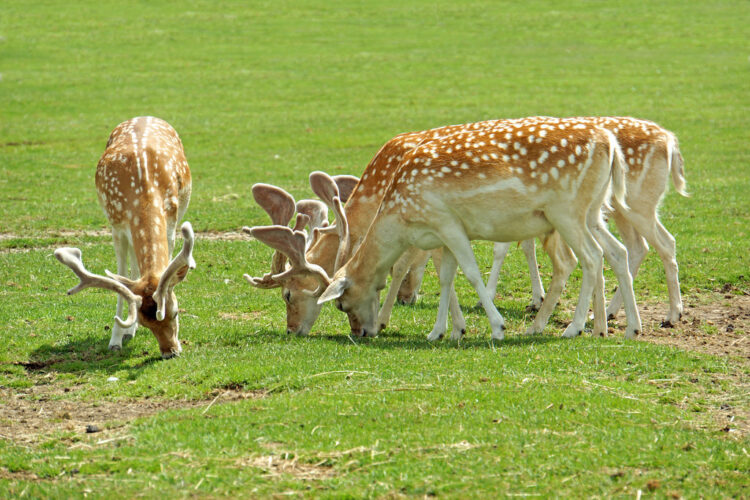
City life isn’t just for people. Over the years, some wild animals have learned how to survive—and even thrive—in crowded, noisy, unpredictable urban spaces. They don’t just visit; they adapt, change habits, and find clever ways to live right alongside us. Whether it’s scavenging for food, nesting in strange places, or simply adjusting their schedules, these animals have figured it out. Here are 15 that call the city home.
Raccoons
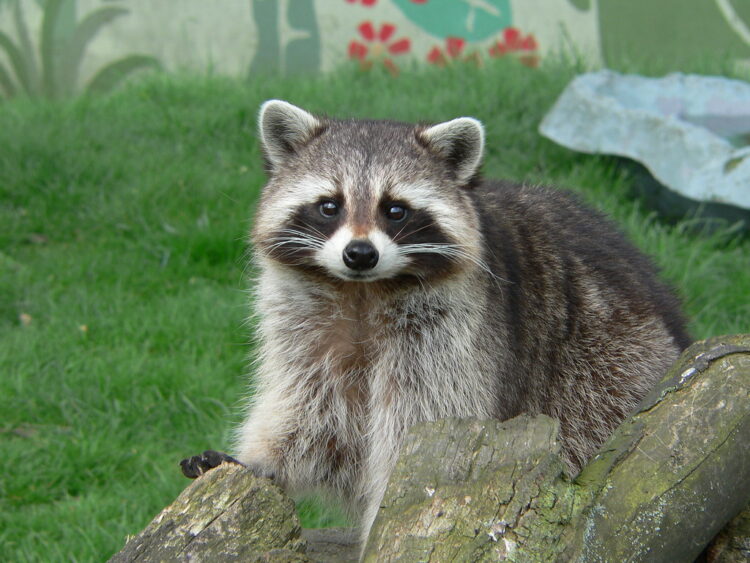
You’ll find them tipping over trash cans, sneaking through alleys, or napping in attics. Raccoons are incredibly adaptable. Their paws are as skilled as hands, letting them open containers and doors. Cities give them a buffet of leftovers, and they’re not shy about helping themselves. Even with traffic and noise, they thrive because they’re curious, smart, and not afraid to get close.
Pigeons
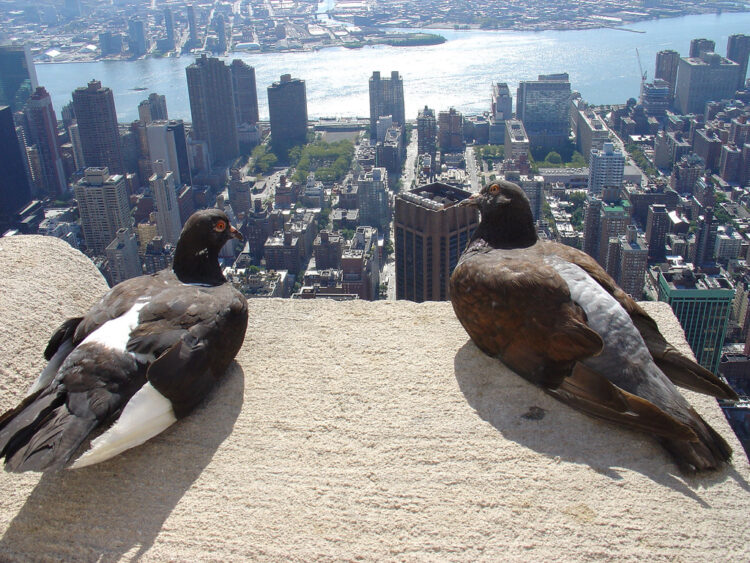
They weren’t always city birds, but pigeons have made urban areas their domain. You’ll spot them crowding rooftops, parks, and sidewalks. They build nests on window ledges and eat just about anything. What helps them survive? People. Feeding them, leaving crumbs, and creating places to perch. They’re now a symbol of city life, blending in so well that most don’t even notice they’re wild.
Coyotes
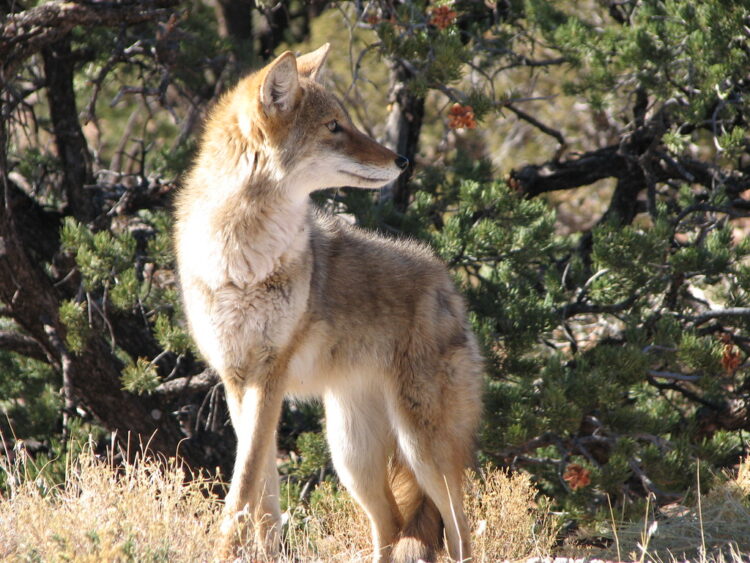
It might sound surprising, but coyotes roam cities across North America. They hunt rats, rabbits, and even steal pet food. Most people never see them—they move quietly, mostly at night. They’re careful around humans but clever enough to live nearby. Empty lots, parks, and train tracks become hunting grounds. And despite being seen as rural animals, they’ve learned how to survive where the buildings never stop.
Squirrels
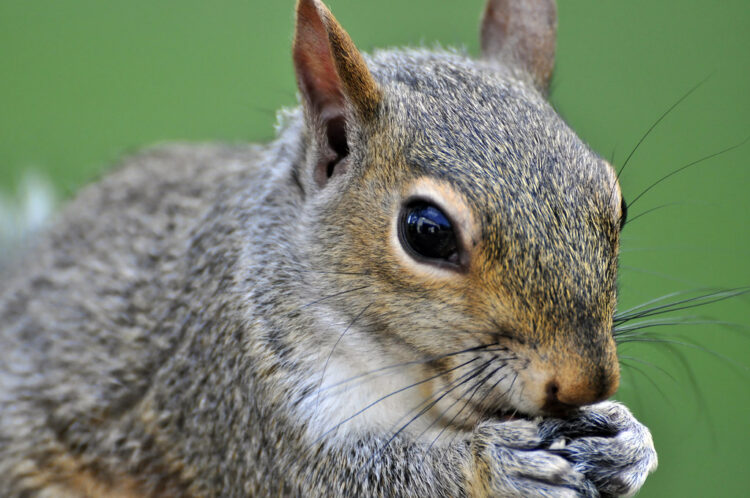
Whether it’s dashing across power lines or darting through parks, squirrels are everywhere. They nest in attics, chew through wires, and stash food in flowerpots. Cities offer plenty of trees and endless hiding spots. Add in handouts from humans, and they’ll have everything they need. Their fast reflexes help them dodge cars, and their memory keeps track of every peanut buried weeks ago.
Foxes

In some cities, especially in Europe, foxes are a regular sight. They lounge in gardens, nap on roofs, and trot through quiet streets at night. They’ve swapped forests for parking lots and adjusted their diet to include leftovers and garbage. Foxes stay mostly out of sight during the day, but if you’re up early or out late, don’t be surprised to spot one slinking by.
Crows
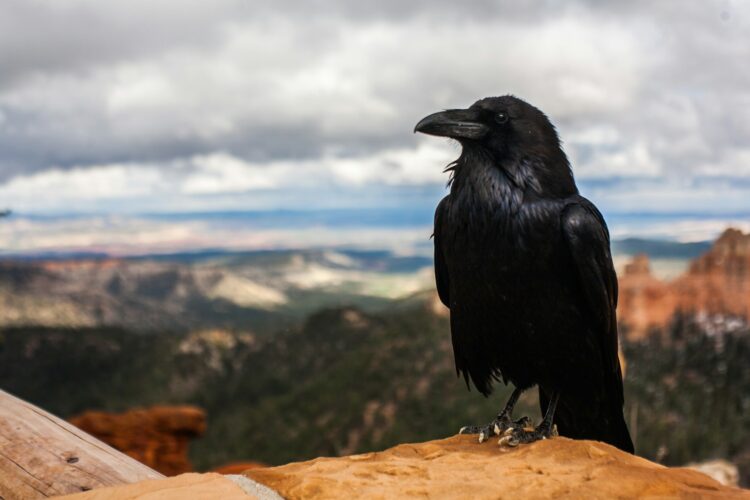
Crows are thinkers. They use tools, remember faces, and solve problems in ways that still amaze scientists. In cities, they scavenge garbage, raid fast food wrappers, and drop nuts in crosswalks so cars can crack them open. They’ve learned traffic patterns and even mimic sounds. They don’t just live in cities—they use them like puzzles, always one step ahead.
Opossums
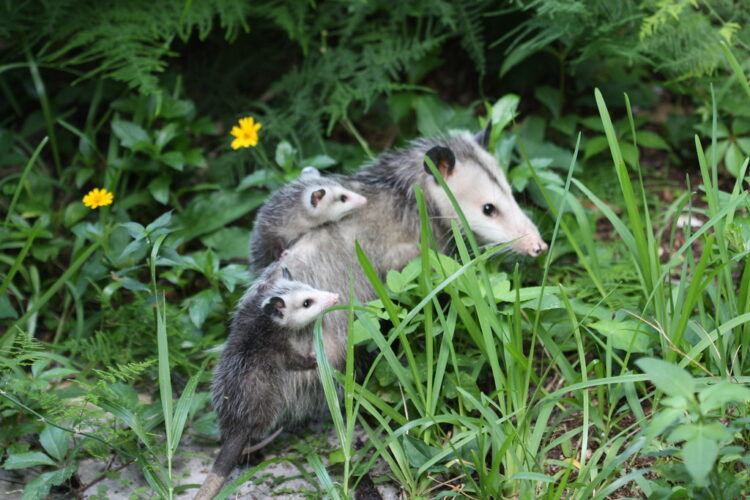
At night, they come out. Slow-moving and often misunderstood, opossums scavenge from dumpsters and clean up fallen fruit or spilled pet food. They’re not aggressive, just shy. Cities give them food and shelter in the form of sheds, porches, and abandoned buildings. And with fewer predators around, they manage to hang on, even if most people don’t notice them creeping by after dark.
Deer
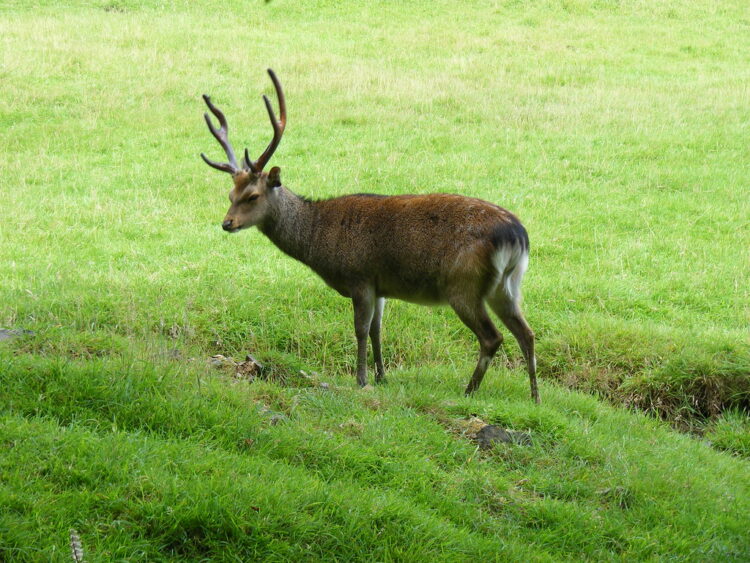
It starts with one wandering into a suburb. Then, a few more. Now, in many areas, deer regularly graze on lawns, wander near schools, and block traffic at dusk. They’ve learned that gardens are easier to forage than forests. Although they stay on alert, they’re getting bolder, and sometimes entire neighborhoods become accidental deer habitats.
Rats
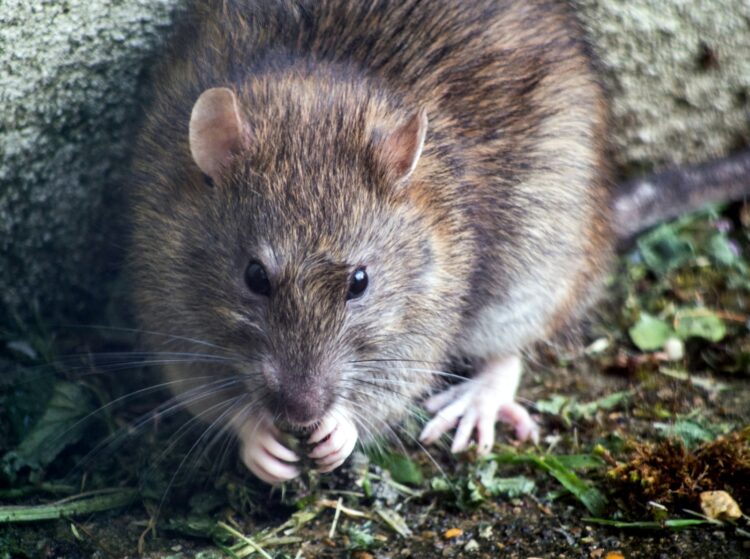
Where there are cities, there are rats. They live in sewers, basements, walls, and wherever else they can squeeze into. Garbage is their main food source, and they’ll chew through anything to get to it. Rats are survivors. They multiply fast, avoid traps, and learn quickly. Cities may try to get rid of them, but rats are always a few steps ahead.
Skunks
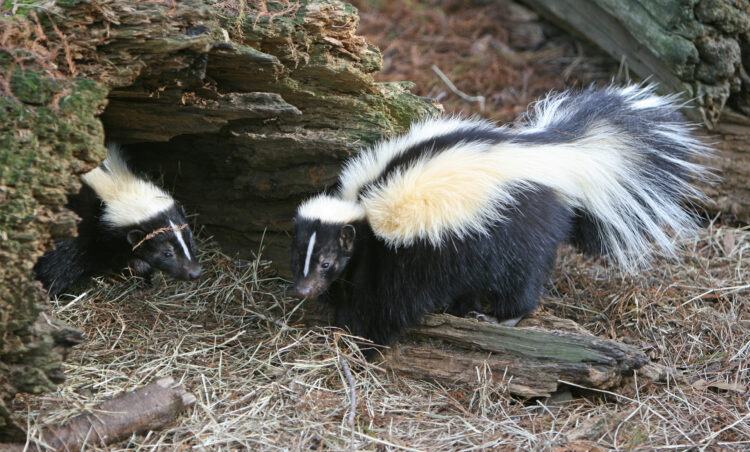
They are not the most welcome neighbors, but skunks have found space in urban life. They dig under porches, root through trash, and wander streets at night. Skunks avoid confrontation, but when startled, you know it. Cities give them plenty to eat, and they’ve learned when and where to find it. Just hope you don’t surprise one taking a shortcut through your yard.
Hawks
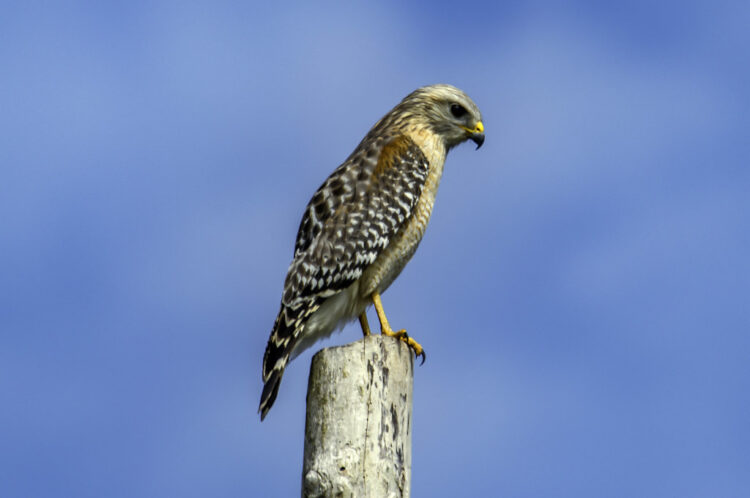
Tall buildings become cliffs. Pigeons and rats become meals. Hawks have moved into city skies, using high-rises to nest and scout from above. Some cities even celebrate them, tracking nests on webcams. Their presence means more than just survival—it means the city has become part of their ecosystem.
Bats
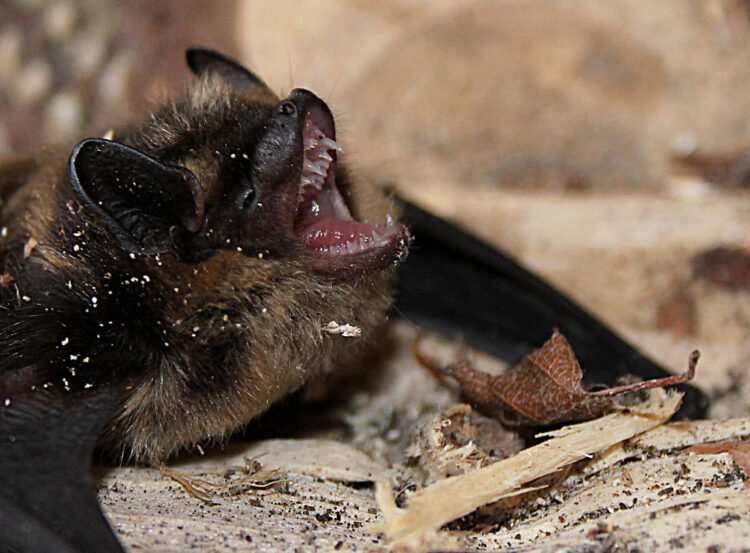
City lights don’t stop bats. They come out at dusk, zigzagging through alleys and over rooftops, eating mosquitoes and other bugs. Abandoned buildings and loose eaves make perfect homes. While many never notice them, bats are helping keep insect numbers in check every night. Even in the middle of the noise, they’re doing their quiet work.
Turkeys
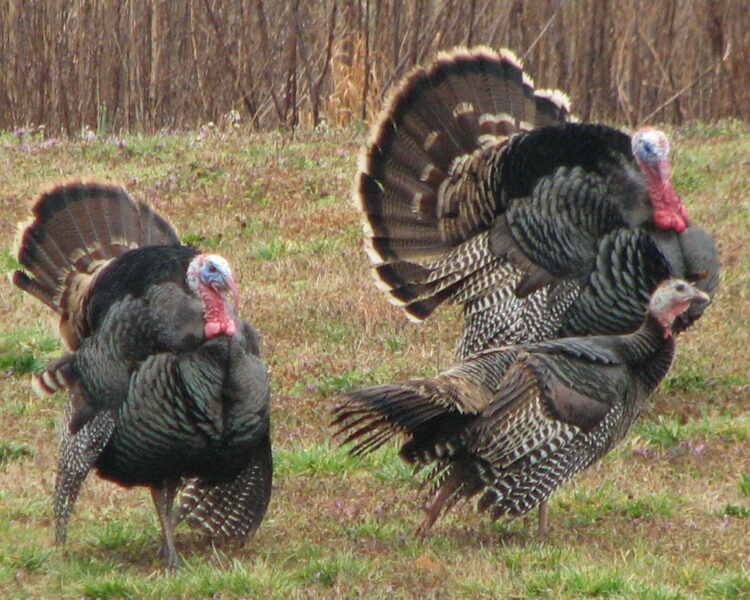
They strut through traffic, perch on fences, and sometimes chase unsuspecting joggers. Wild turkeys have returned to some urban neighborhoods in recent years. They’re bold, surprisingly fast, and not easily scared. Parks and green belts give them space to roost, and they’re not picky about where they wander during the day.
Monkeys
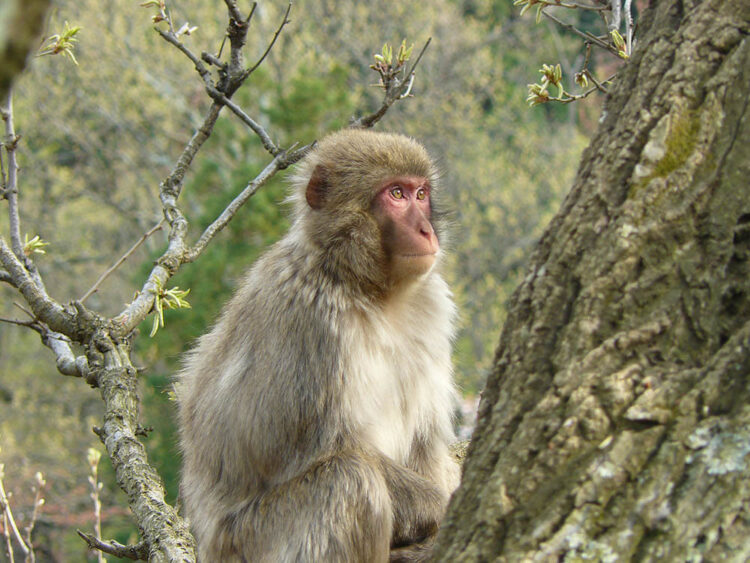
In some parts of the world, monkeys live deep in the heart of cities. They climb walls, steal food, and even open windows. People often feed them, which only makes them bolder. While it causes problems, it also shows how adaptable they are. They’ve figured out how to live with people—and take advantage of everything cities offer.
Bees
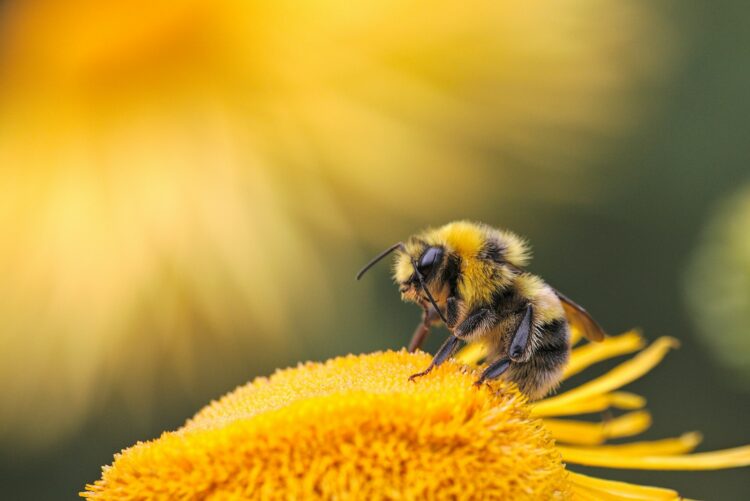
Rooftop gardens, balconies, and tiny green spaces have become new hives for city bees. Urban beekeeping has grown, and some bees have adapted naturally without help. Cities offer plenty of flowering plants and fewer pesticides than farms. Even with all the steel and glass, bees have carved out a place to thrive—one bloom at a time.

